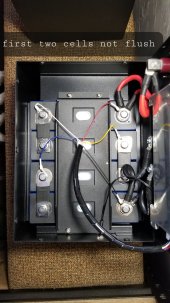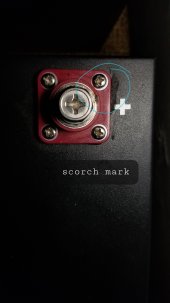With the connections now tight, there is no loss across the breaker and the BMS low voltage disconnect issue has solved.Measure voltage drop across components and wires while current is high. Set meter to dc voltage and one test lead on each end of breaker for example. I had a breaker once brand new had several volts across it.
Now it is back to working out why the controller disconnects under higher rates of charge - I am sitting here monitoring the system today: The inverter gave two alarm beeps in succession and after the second I saw the MT-50 give the over volt disconnect though I didn't catch the voltage readout. As I am writing this, it cut again - no OVD on the MT-50 but the battery voltage read 27.3 (happened again while writing, at 27.1) and on the PV shutoff the voltage dropped to 26.0
I think tonight I am going to bring the array down to one panel to limit the charge while I sort out what the issue is.
Since I have seen so many varying opinions on the topic I was wondering if someone could recommend charge parameters for LiFePO4 that are geared towards optimal battery health. At the moment I am trying to run load at around equal to the charging amperage to keep any overcharging from happening - is that logic sound?






